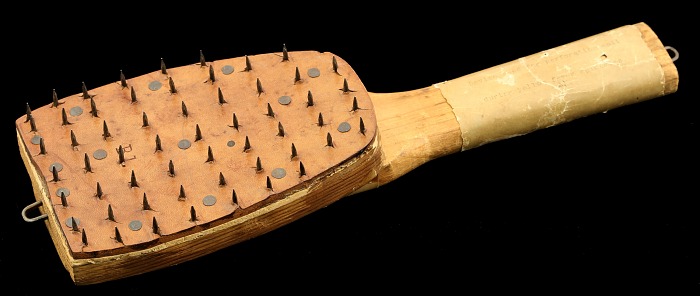
By looking at the many markings on a piece of mail, you can trace its path from mailbox to mailbox. Postal clerks mark the mail with information that includes the place and date of origin, the route and post offices along the way, the rate, and special instructions for processing. Stamp collectors call this interpretation of an envelope 'postal history'.
The three main categories of postal markings are postmarks, cancellations, and auxiliary marks.
The postmark specifies where and when a mail piece enters into the mailstream. Prior to the early nineteenth century, the postmark was often a manuscript notation made by the postmaster. In contrast, in 2006 the U.S. Postal Service is converting to an ink-jet spray marking. Postmarks can be applied manually or mechanically. In some cases, a postmark might also be applied to a mail piece as it moves through the postal network or upon arrival at a delivery office.
A cancel's purpose is to prevent postage stamps from being reused. Initially, postmarking and canceling were two separate operations, requiring two different handstamps. The operations were later combined into one stamp, called a 'duplex stamp'.
Auxiliary markings are any other notations made on an envelope regarding services to be performed and status of the mail piece within the postal network. They may be hand-written comments, hand-stamped, or applied labels.
Allison Marsh, National Postal Museum and Frank Scheer



